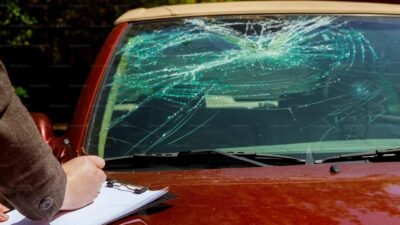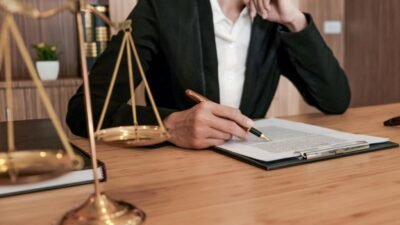A car accident can be overwhelming, and it’s easy to forget details in the moment. Documenting evidence helps you create a clear record of what happened, which may be helpful if you need to file a claim with insurance or handle related disputes. Accurate records can make it easier to explain your version of events later and provide necessary details if requested by an insurance adjuster.
What Should You Photograph at the Scene?
Photos can be one of the most useful forms of evidence after a car accident. Capture wide shots of the entire scene, close-ups of any vehicle damage, skid marks, road conditions, and any nearby signs or traffic lights. Take pictures from multiple angles to provide context. If it’s safe, also photograph the surrounding area to show weather conditions, lighting, and any relevant landmarks. The more thorough you are, the clearer the picture will be later.
Exchange information with the other driver, including names, addresses, phone numbers, driver’s license numbers, license plate numbers, and insurance details. Write this information down in a notebook or store it securely in your phone. If there are passengers in either vehicle, make a note of their names as well. Double-check all details to avoid mistakes that could delay the claims process.
Should You Speak With Witnesses?
If anyone saw the accident happen, their perspective can provide helpful context. Politely ask witnesses for their names and contact details. You don’t need them to give you a full statement at the scene—just having their information may help later if an insurance company or attorney wants to follow up. Witness accounts can sometimes clarify details that you and the other driver may recall differently.
As soon as you can, write down everything you remember about the car accident. Include the time, location, road and weather conditions, and the events leading up to the collision. Be as specific as possible, noting any traffic signals, lane changes, or turns that occurred. Recording these details soon after the accident can help you remember them more accurately than if you try to recall them days or weeks later.
If law enforcement responds to the accident, they will usually file an official report. Ask how you can obtain a copy of this report and keep it with your other documentation. While the report reflects the officer’s observations, it can be a key part of the overall record and may include diagrams, statements, or other relevant details.
How Can You Organize the Evidence You Collect?
Once you have photos, written notes, witness contact information, and official reports, keep everything together in one place. A folder or binder works well for physical copies, while a dedicated folder on your computer or cloud storage can help with digital records. Clearly label each document or image so you can find it easily later. Staying organized can make the claims process more efficient.
Be Prepared for a Car Accident
Once your evidence is organized, you can share it with your insurance company or attorney if needed. Providing well-documented details may help them better understand the situation and guide you on next steps. While thorough evidence collection doesn’t guarantee a specific outcome, it does give you a stronger base to work from when addressing the aftermath of a car accident.



